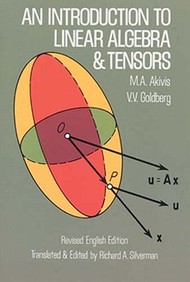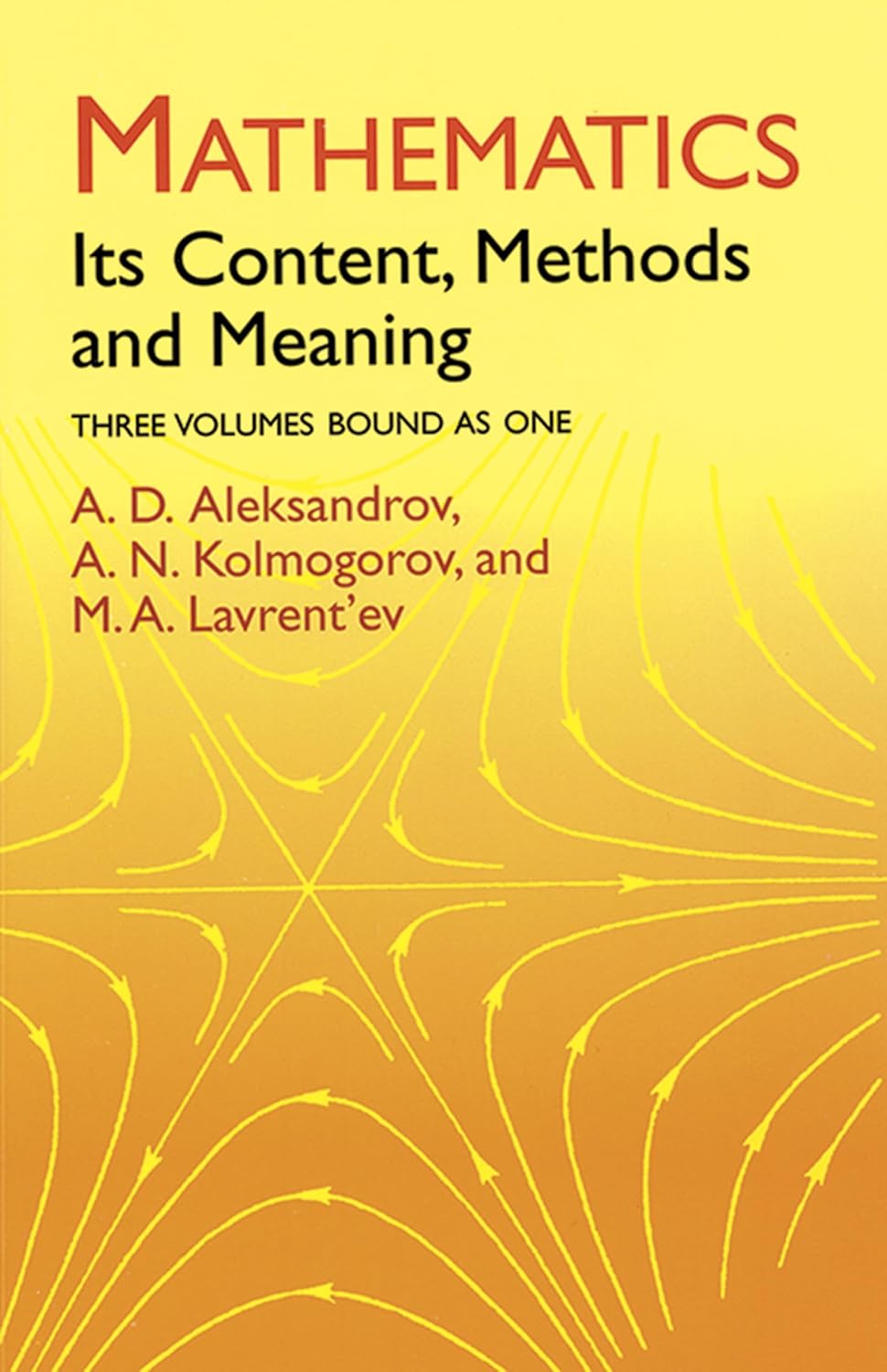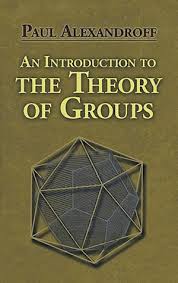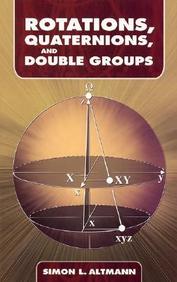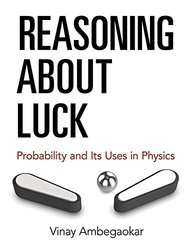MATHEMATICS & SCIENC
Featured Products
An Introduction to Linear Algebra and Tensors
₹948.58
M.R.P.:₹ 1,103.00
You Save: ₹154.42 (14.00% OFF)
Mathematics: Its Content, Methods and Meaning
₹4,799.10
M.R.P.:₹ 5,646.00
You Save: ₹846.90 (15.00% OFF)
Rotations, Quaternions, and Double Groups
₹1,466.25
M.R.P.:₹ 1,955.00
You Save: ₹488.75 (25.00% OFF)
Reasoning About Luck: Probability and Its Uses in Physics
₹1,210.50
M.R.P.:₹ 1,614.00
You Save: ₹403.50 (25.00% OFF)


